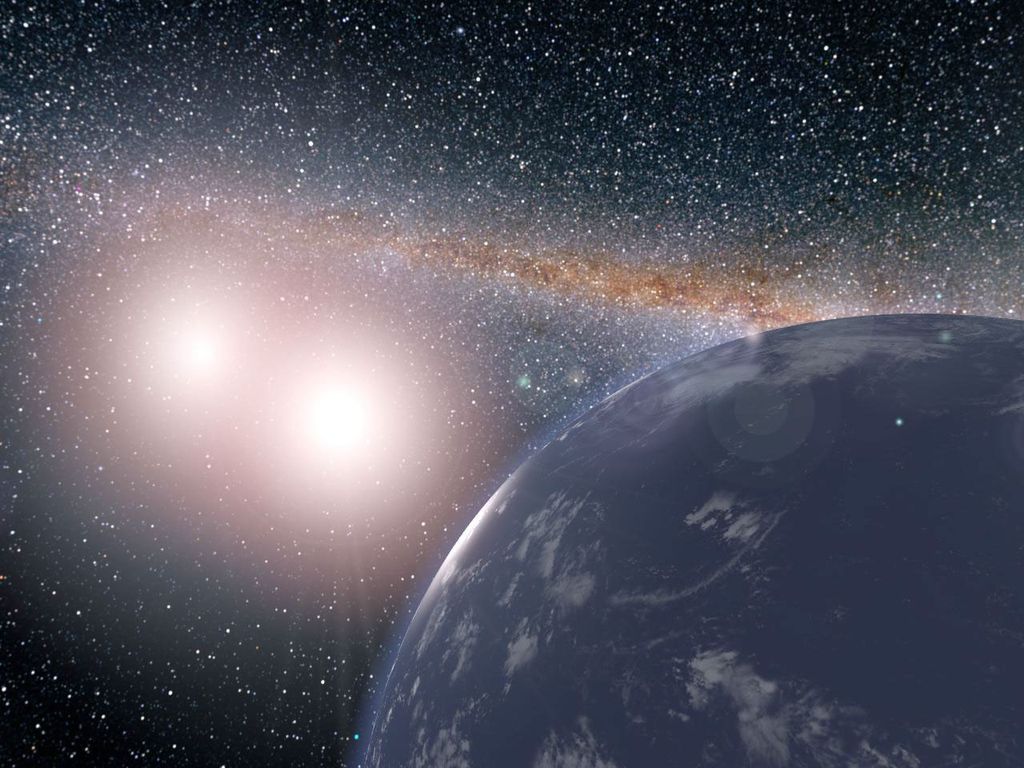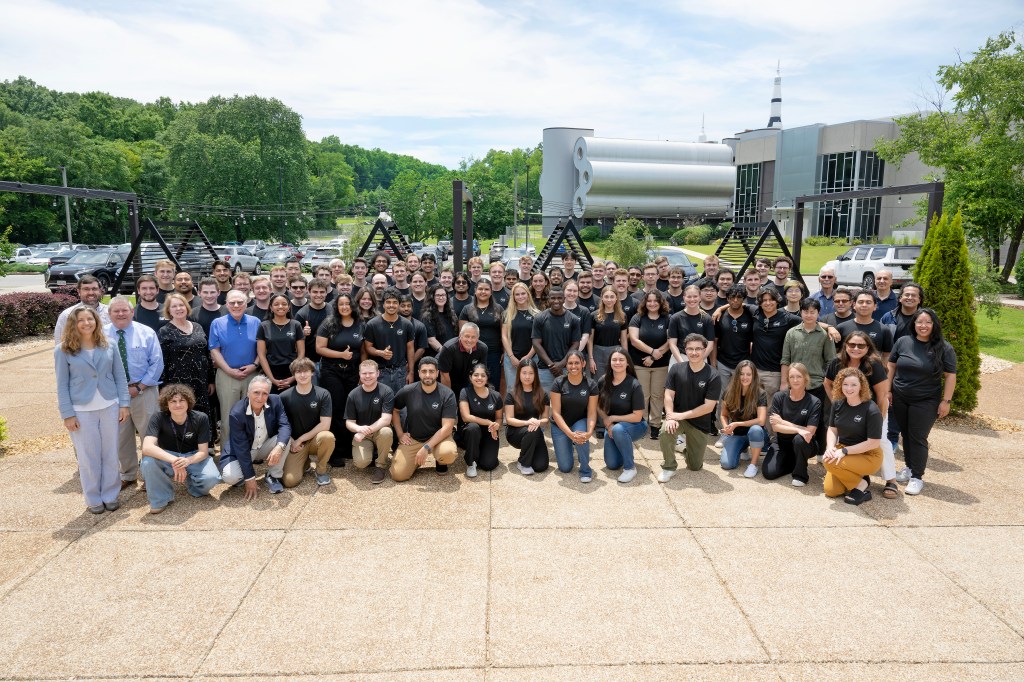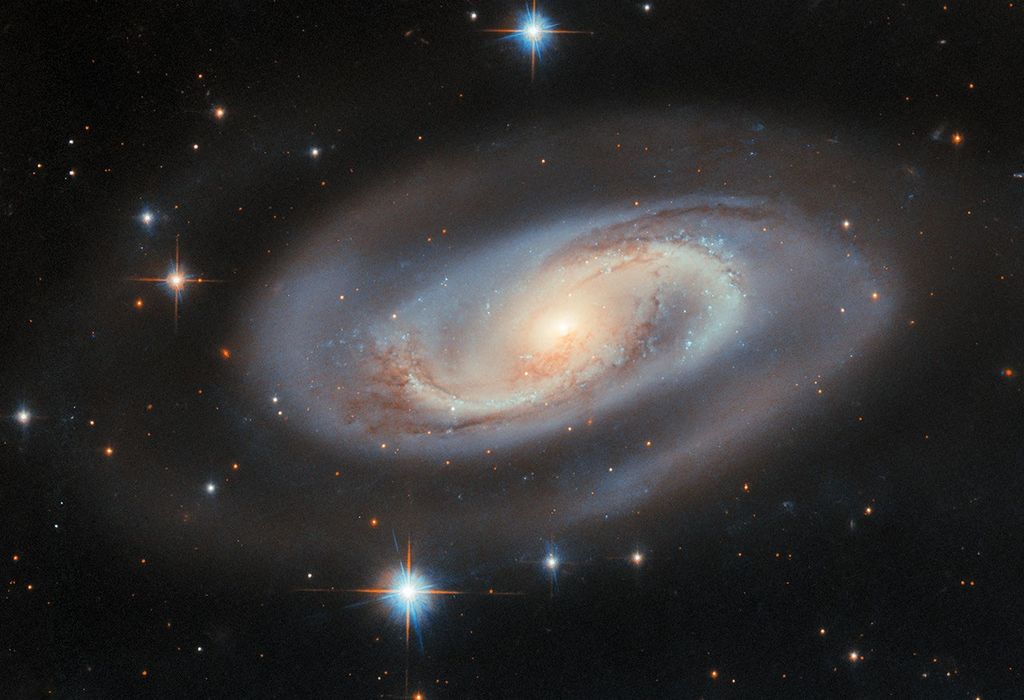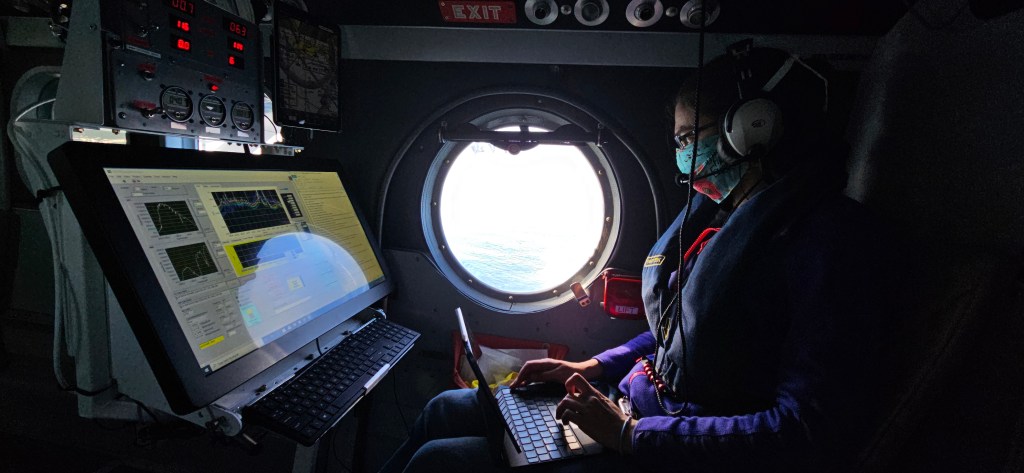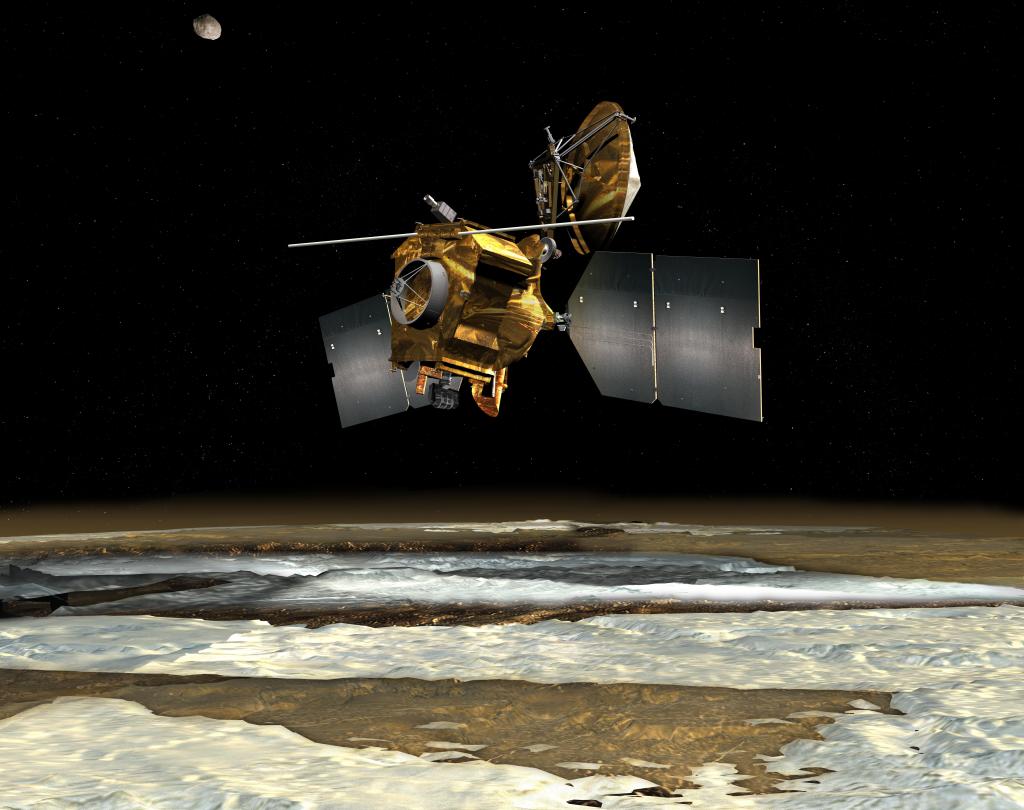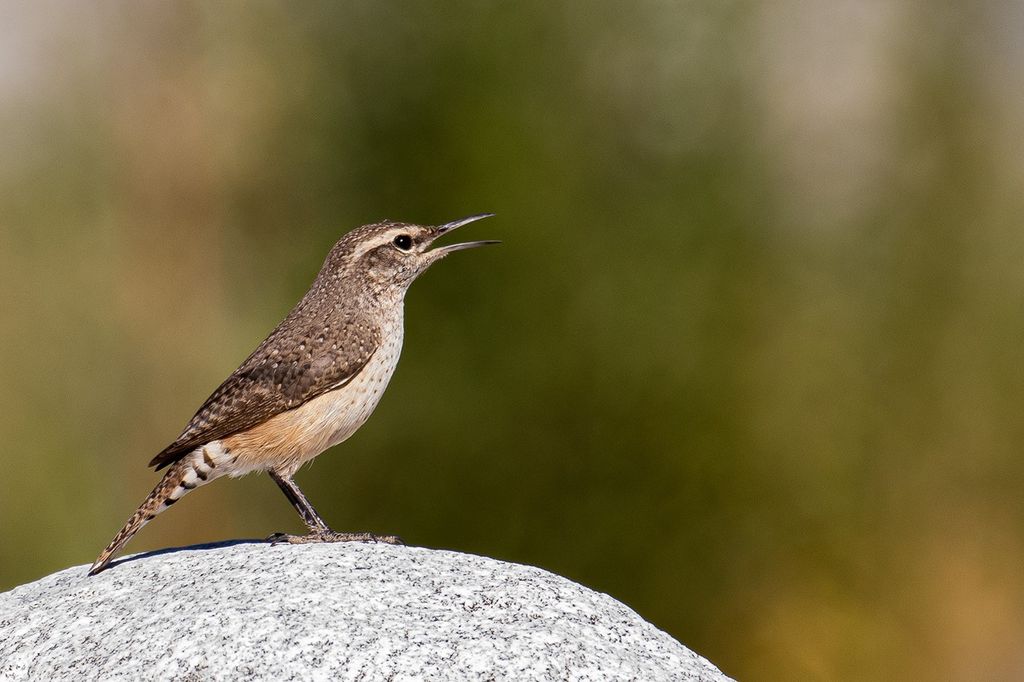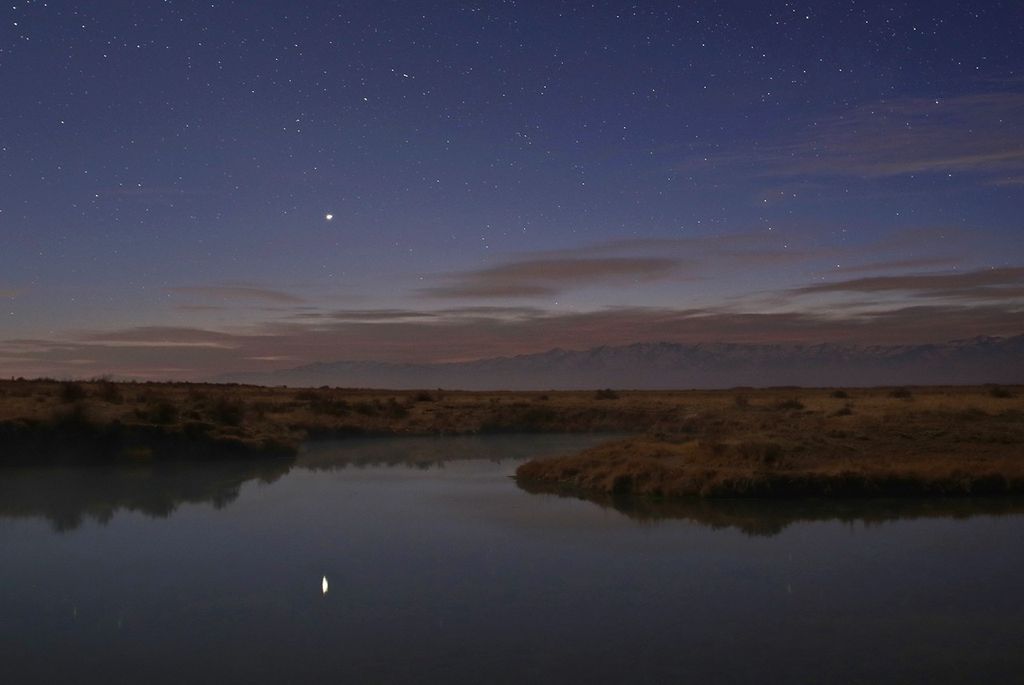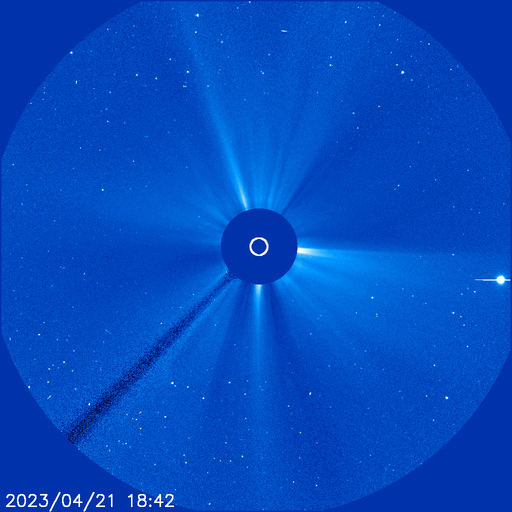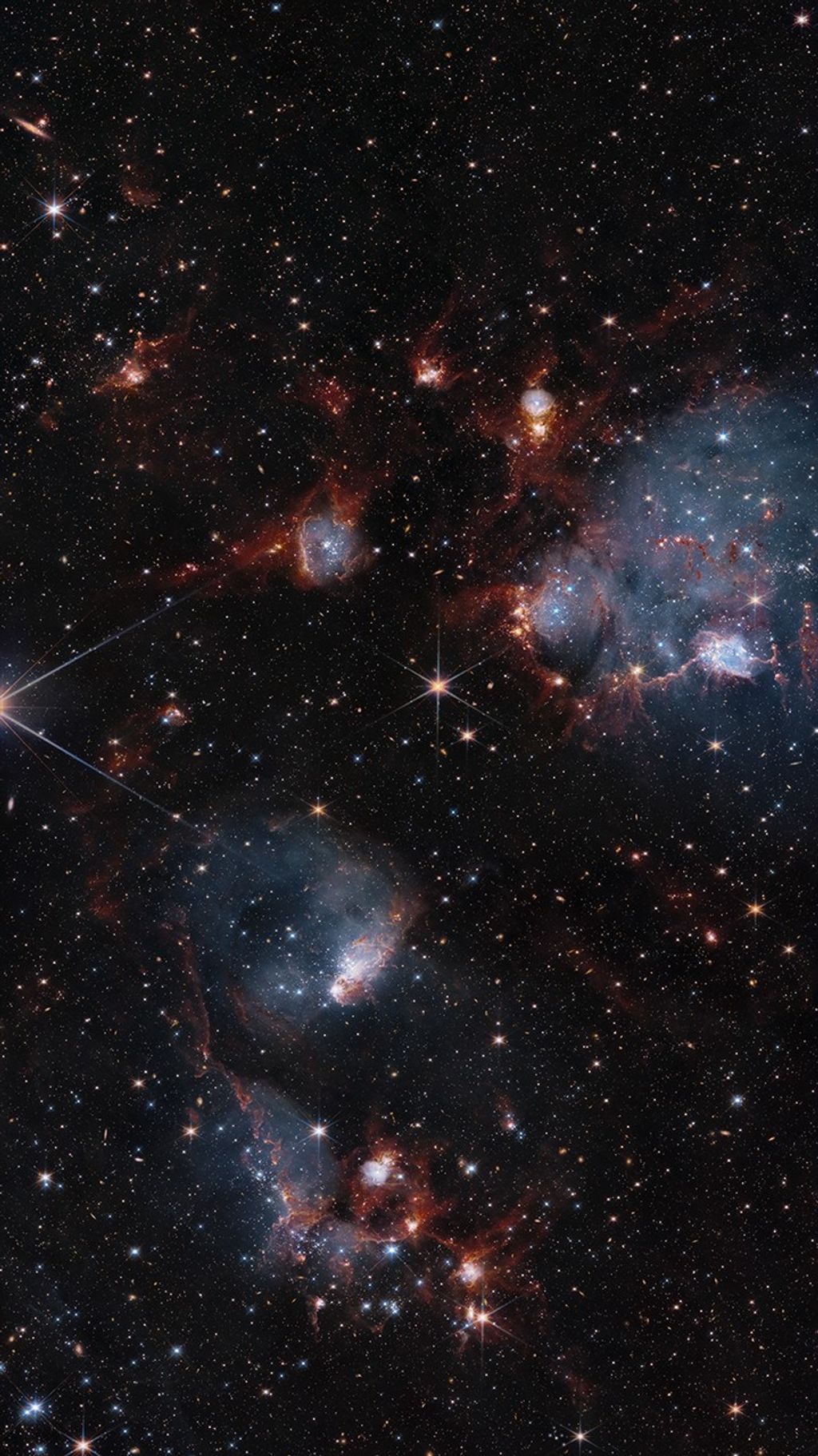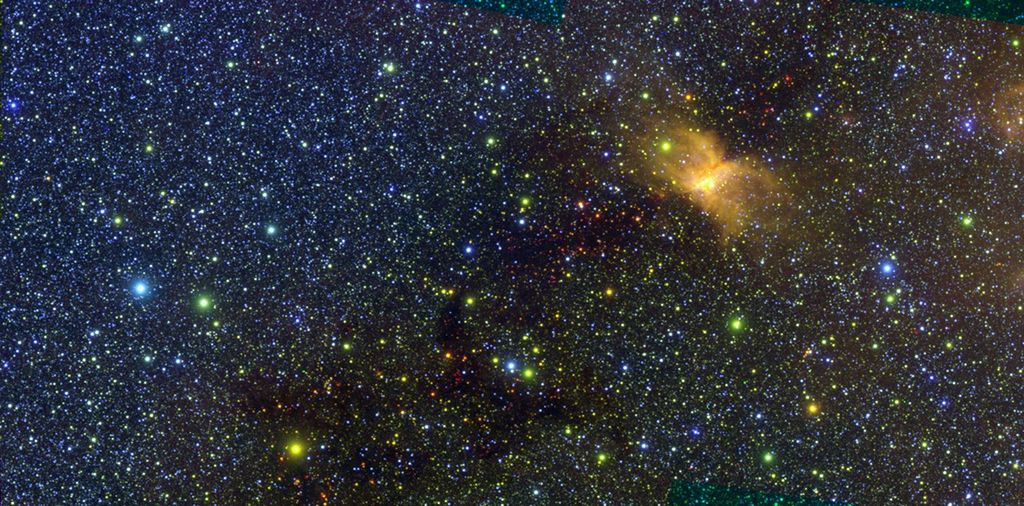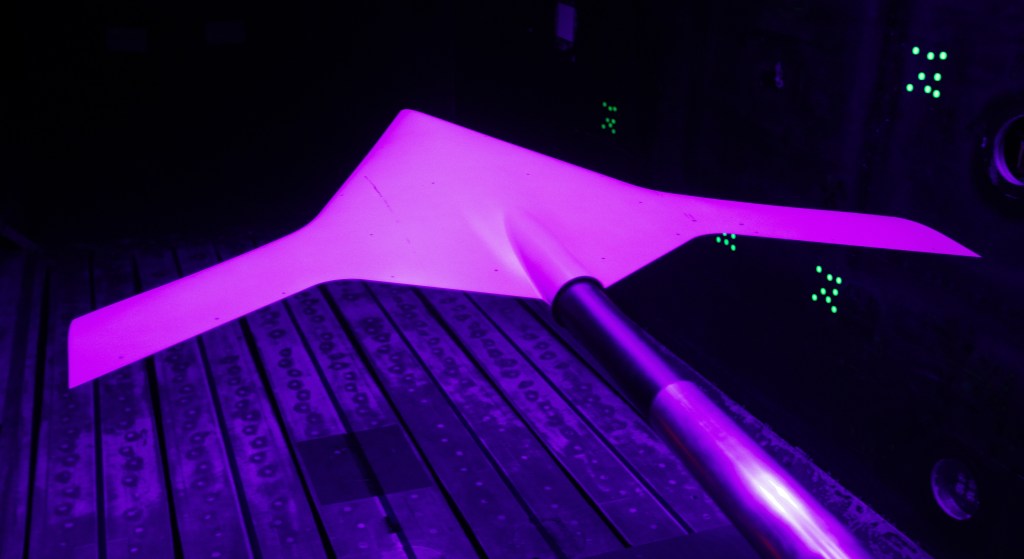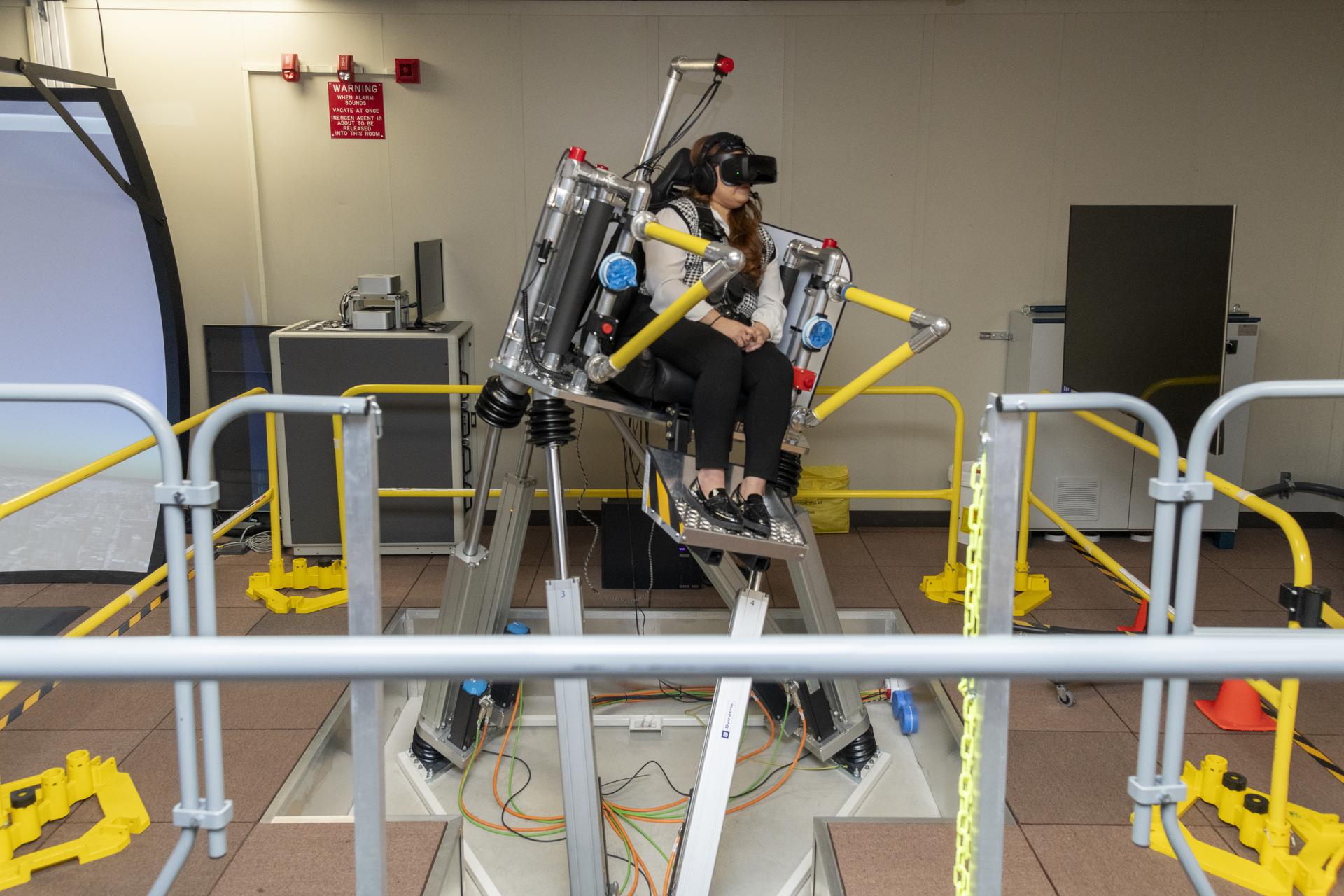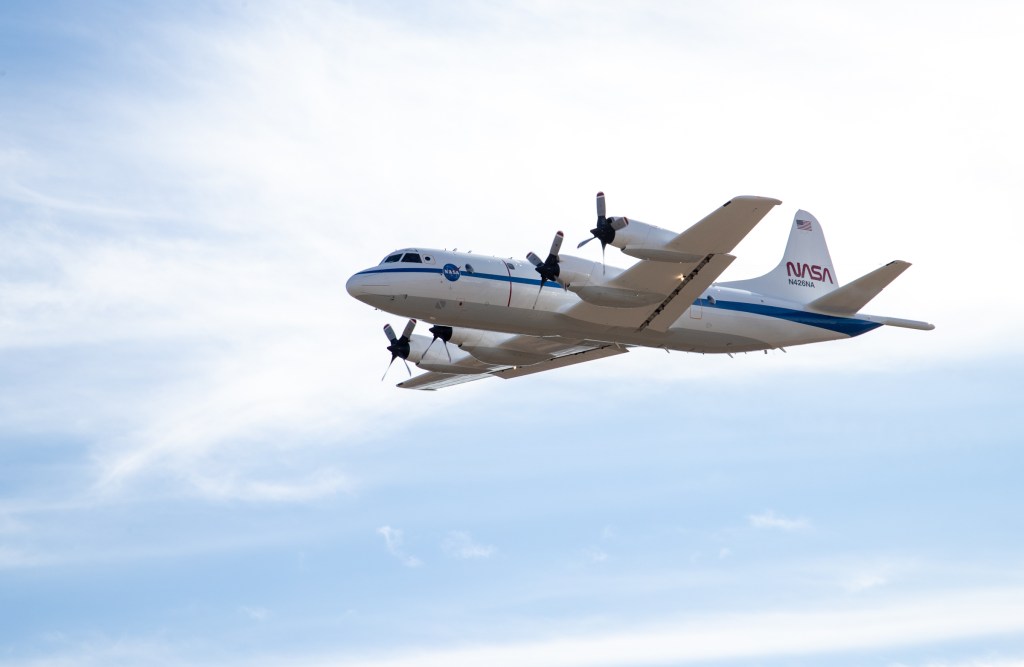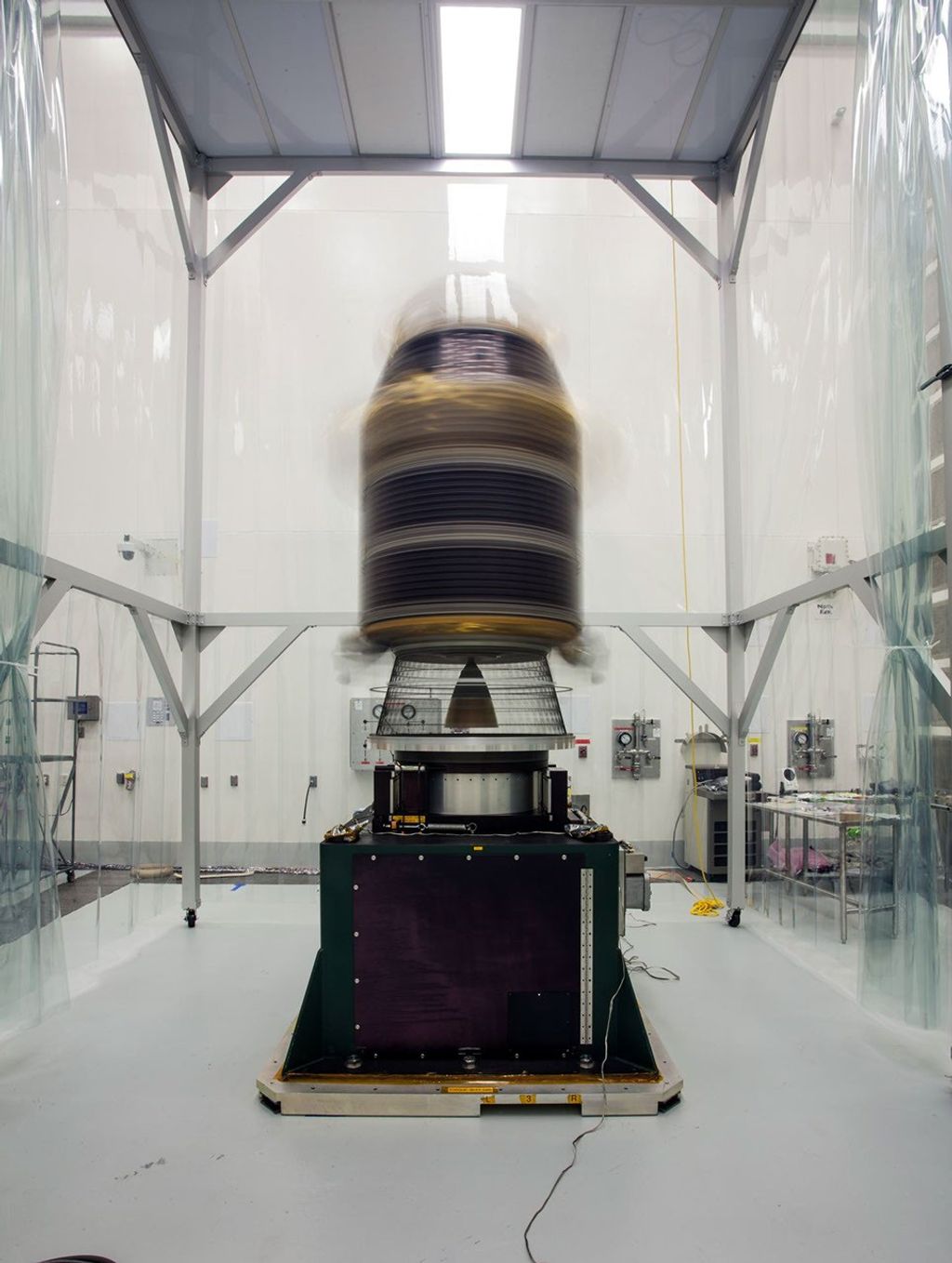As NASA’s Technology Strategy manager at the Kennedy Space Center in Florida, Tracy Gill is helping develop the agency’s long-term goals for exploration beyond Earth. He provides expert representation on behalf of advanced projects as a member of the NASA Research and Technology review board that focuses on how best to apply spaceport investments into advanced research projects.
Gill’s work developing strategies for exploration of the moon, an asteroid and Mars is a fulfillment of a childhood dream.
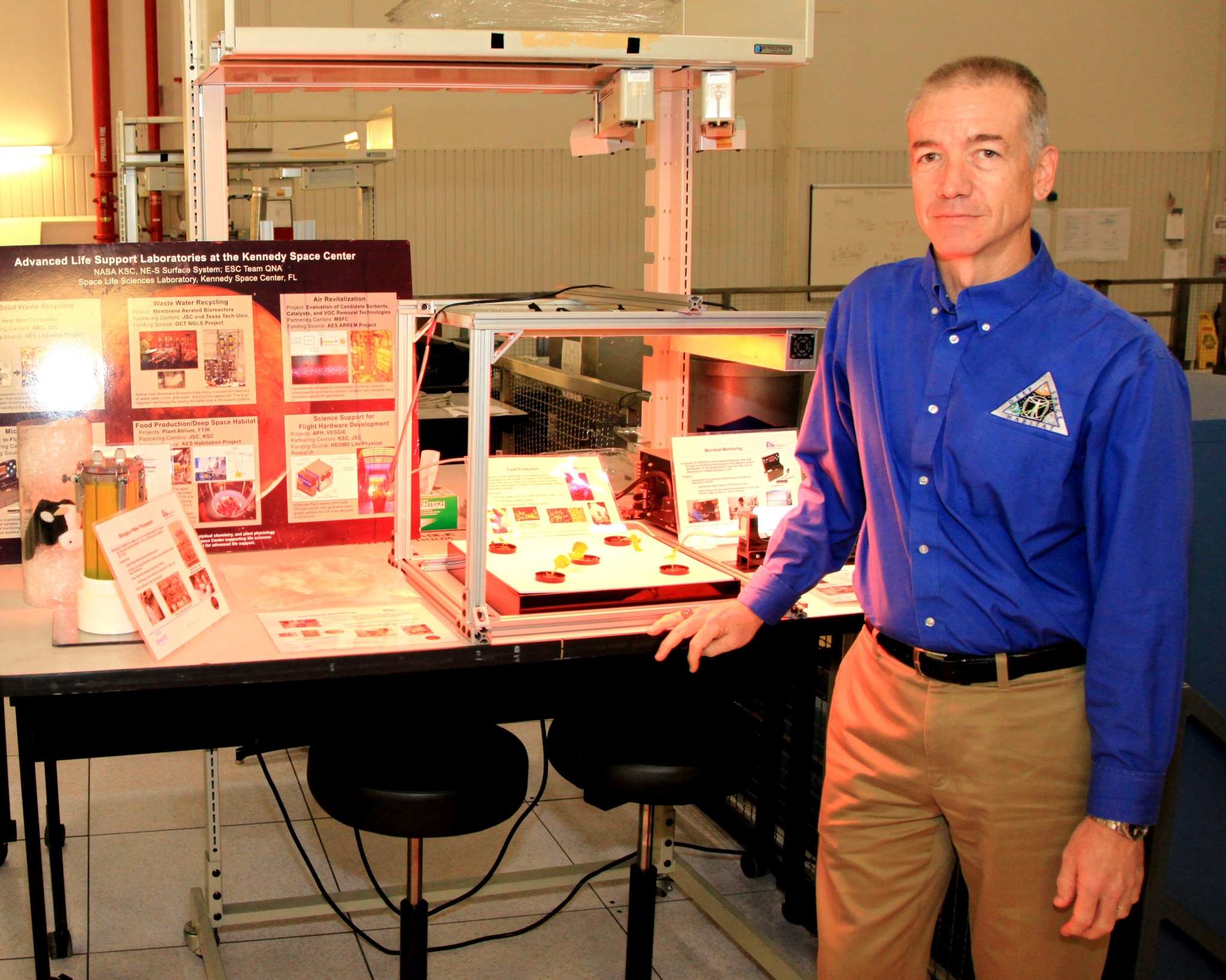
“I became fascinated with NASA watching one of the final Apollo moon landings on television.” he said “In high school, I wrote a paper on America’s space program and included that this is what I was going to do as a career.”
A native Floridian, Gill was born in Sarasota on the state’s southwestern gulf coast, growing up 50 miles south in Port Charlotte, Florida. He also spent time living in Gainesville, home of the University of Florida (UF).
“Since I knew I wanted to work for NASA, I majored in engineering at UF,” he said. “I started in mechanical engineering, but switched to electrical engineering because I found it more interesting.”
While working on his degree, Gill served an internship at Florida Power and Light, but knew that wasn’t what he wanted to do permanently.
“I set my sights on NASA early on and I was going to get there one way or another,” he said. “During my senior year, I came to Kennedy and visited with people in the payload organization.”
After graduating with his bachelor’s degree in December of 1989, Gill joined NASA the following month, supporting space shuttle payload integration.
Gill’s early efforts at Kennedy focused on preflight processing of experiments for shuttle Spacelab missions, coordinating efforts from other NASA field centers, contractors, universities, and from international engineering teams from the European Space Agency (ESA), Canada and Japan. This kind of work later evolved into coordinating major payloads for flights to the International Space Station.
“It was rewarding because we were working with flight hardware — payloads and the Spacelab modules that were flying aboard the shuttle,” Gill said. “The mission that stands out most in my memory is Spacelab D-2. It was the second German Spacelab flight and I enjoyed collaborating with all of the international partners.”
A total of 11 nations provided 88 experiments for the 10-day mission. Participants included the German Aerospace Research Establishment, NASA and ESA, as well as agencies in France and Japan that contributed to D-2’s scientific program.
While working at Kennedy, Gill continued his education earning a master’s degree in space systems in 1994 from Florida Tech and a second master’s in aerospace engineering at UF in 2000.
In 2006, Gill participated in International Space University (ISU), an educational program dedicated to the development of space for peaceful purposes through international and multidisciplinary education and research programs. He graduated from the three-month program, which took place in Strasbourg, France, after participating with a group that studied a closed-loop system for living and working on the moon.
“Our research developed a proposed framework for supporting 11 crew members living on the lunar surface for a period of 18 to 36 months,” he said. “The report recommended the overall systems architecture, engineering processes, as well as the research, development and orchestration of separately phased precursor missions.”
Studies of advanced exploration systems coupled with experience in Spacelab processing helped prepare Gill for the next stage in his career.
“I’ve gone from working with mature hardware designs about to fly right away to helping develop technologies for future exploration habitats,” he said. “I’ve also been fortunate to work with diverse teams from multiple NASA centers and our international partners. This has helped prepare me for collaboration with academia and industry as we develop complex habitats that will be crucial for long-duration space missions.”
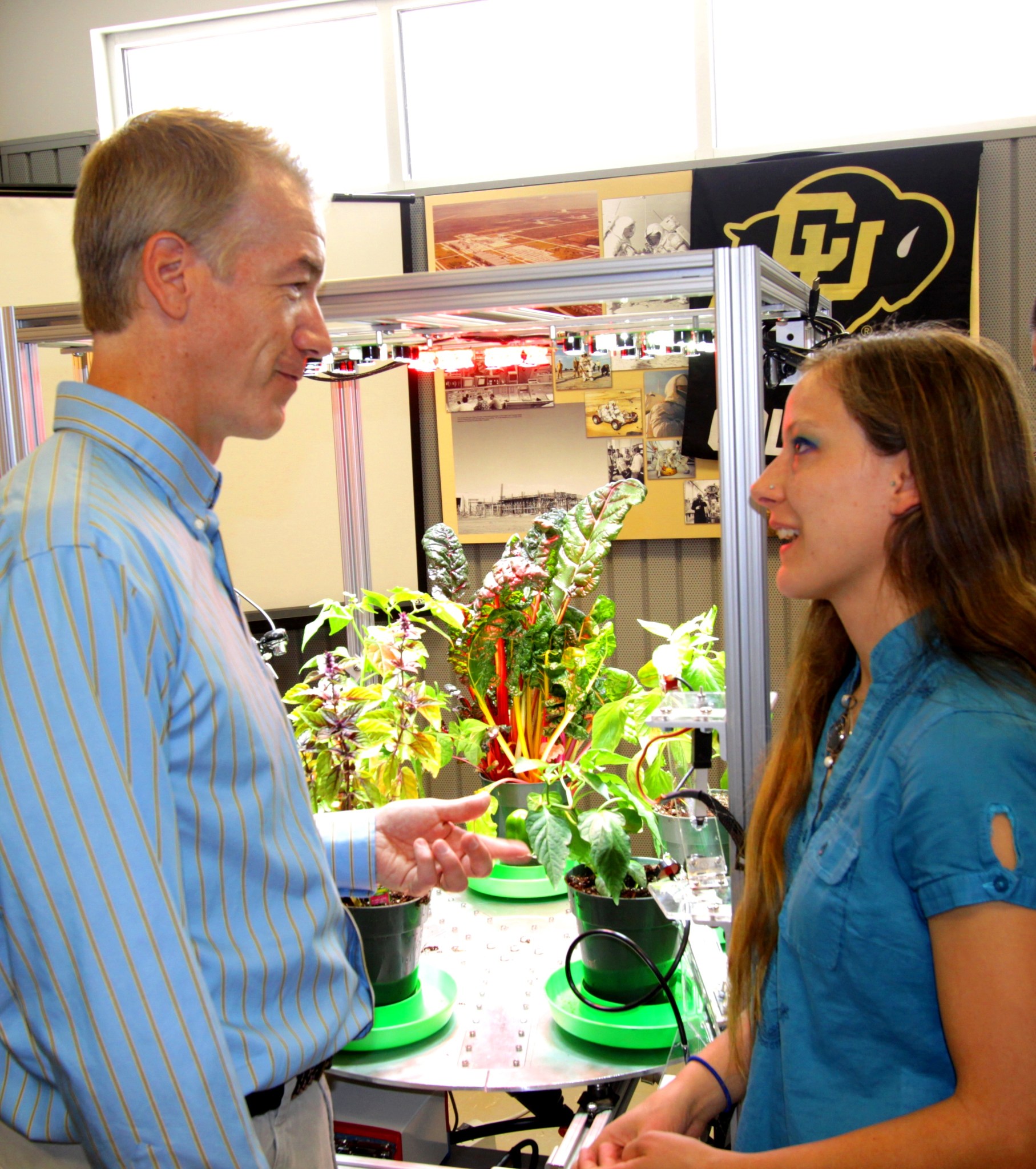
Since October 2010, Gill has participated in the Advanced Exploration Systems (AES) Habitation Systems Project, chartered to define a Deep Space Habitat element that will enable human exploration to multiple destinations. The Habitation Systems Project is a multi-center team of NASA architects, scientists and engineers working together to develop sustainable living quarters, workspaces and laboratories for next-generation space missions.
“The knowledge gained from Earth-based research and low-Earth orbit projects, such as the International Space Station, is being used to find out what is required to expand human presence to more formidable environments, such as an asteroid, the moon or Mars,” Gill said.
What basic conditions must be met to make living tolerable thousands or even millions of miles from Earth is just one of many questions Gill and a team of specialists from around the agency were challenged to answer in preparation for NASA’s planned venture to an asteroid or other deep-space destination. Their response was the development of the Habitat Demonstration Unit (HDU), a platform that can be used for technology development and architecture validation for lunar and microgravity outposts.
Gill’s participation in the effort from concept to prototype culminated in a technology brief on the HDU, earning him recognition from the Johnson Space Center’s Inventions and Contribution Board as one of NASA’s key innovators.
Gill noted that one conclusion drawn from data collected during the testing is that 80 percent of a habitat’s systems can be standard to all missions. Only 20 percent need to be tailored for the destination.
Asked if he thought he could live in the habitat he helped develop, he enthusiastically responded in the affirmative.
“Sure,” he said. “We used to fight each other for a chance to stay in there overnight.”
The research team now includes students at leading universities, who are contributing through NASA’s eXploration Habitat, or X-Hab, Challenge. The agency has identified necessary technologies for deep-space missions and invited universities from around the country to develop concepts, prototypes and lessons learned that will help shape future space missions.
“This is a challenge, not a competition, designed to engage university teams in developing the needed new technologies,” Gill said. “We want to give university students the opportunity to be at the forefront of innovation. Working with the X-Hab students is rewarding since they are the ones who will eventually ‘carry the baton.’”
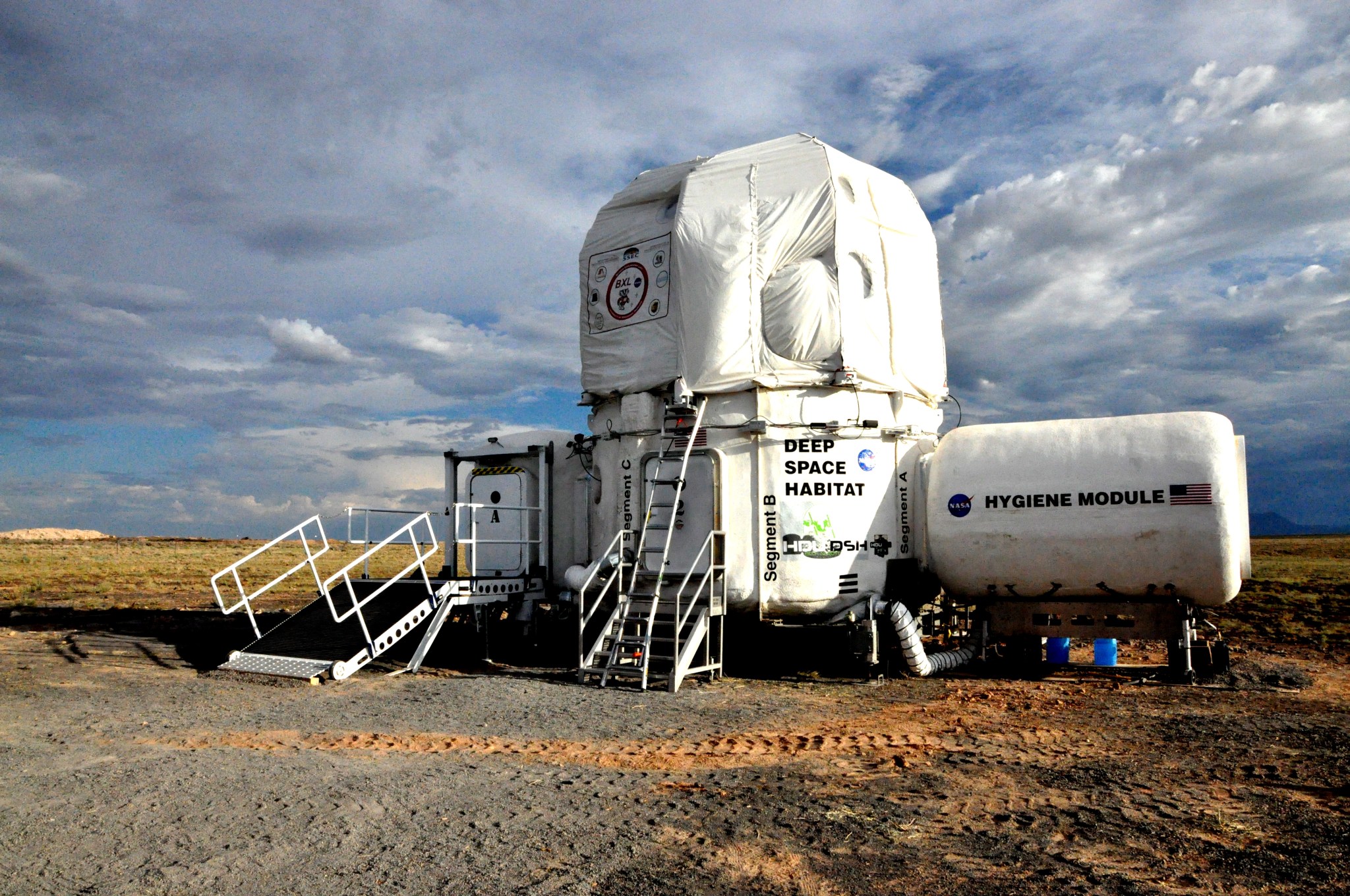
In July 2013, Gill assumed his current role in Kennedy’s Research and Technology Management Office as a Technology Strategy Manager.
“We have people now developing innovative technologies for the future,” he said. “We have quite a few cool things currently in work.”
Many of those efforts are going on in the Florida spaceport’s Swamp Works, which establishes rapid, innovative and cost-effective exploration mission solutions through partnerships across NASA, industry and academia. Concepts start small and build up fast, with lean development processes and a hands-on approach.
Gill points to research by Dr. Carlos Calle, lead scientist in Kennedy’s Electrostatics and Surface Physics Lab, as an example of groundbreaking technology.
“Dr. Calle is developing instrumentation that would help astronauts deal with the problem of electrostatic dust phenomena during future planetary exploration missions,” he said.
An extended stay in the Habitat Demonstration Unit on another planet may not be in the cards for Gill. He is content living in Orlando with his wife Michele, a professor in educational psychology at the University of Central Florida, and their two sons.
“Here at Kennedy, we want to help move technology to maturity,” Gill said. “Our Research and Technology Office has an expanding portfolio. We want to be sure we provide the assistance we can to see these innovations from ideas to reality.”

